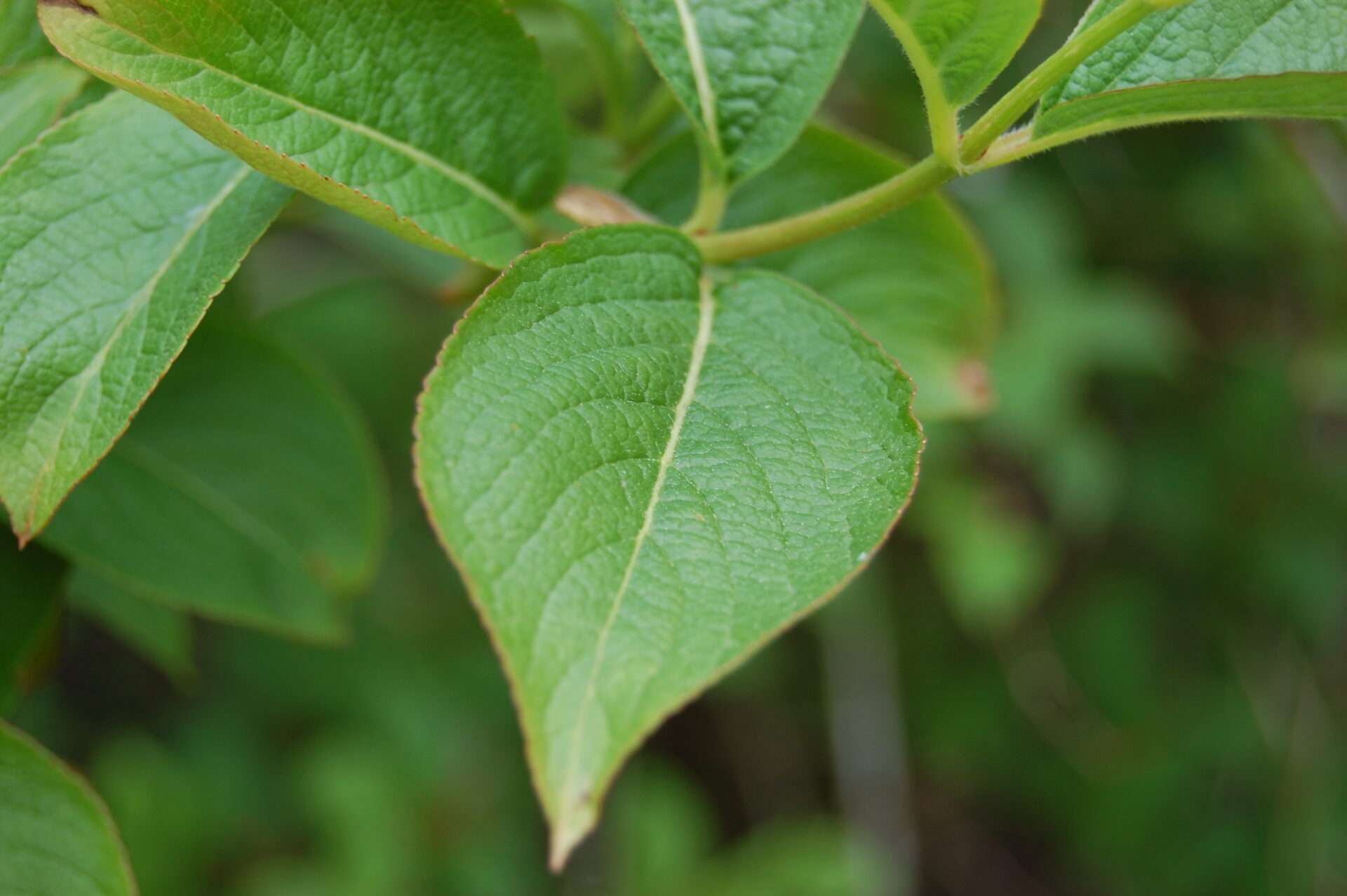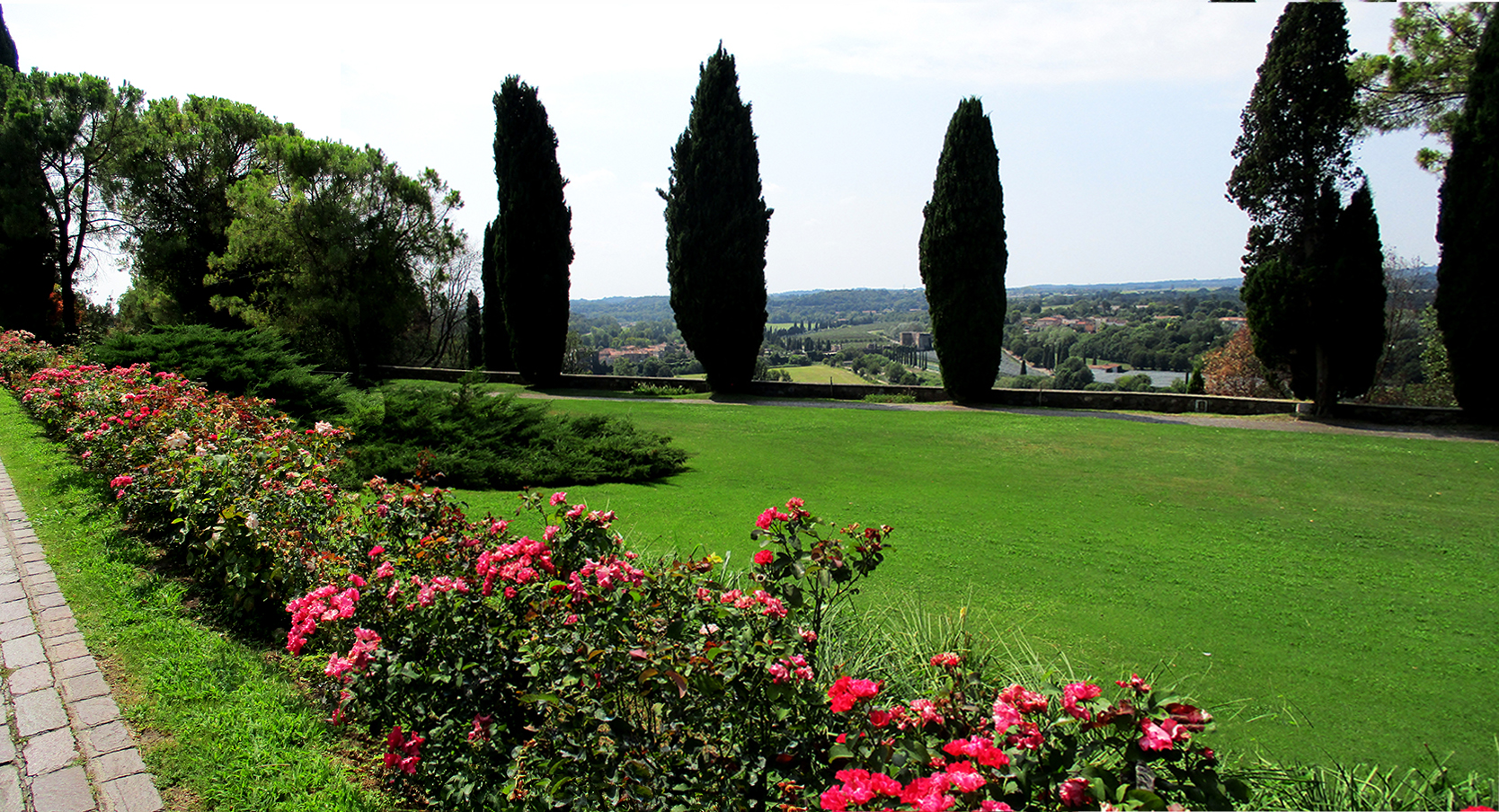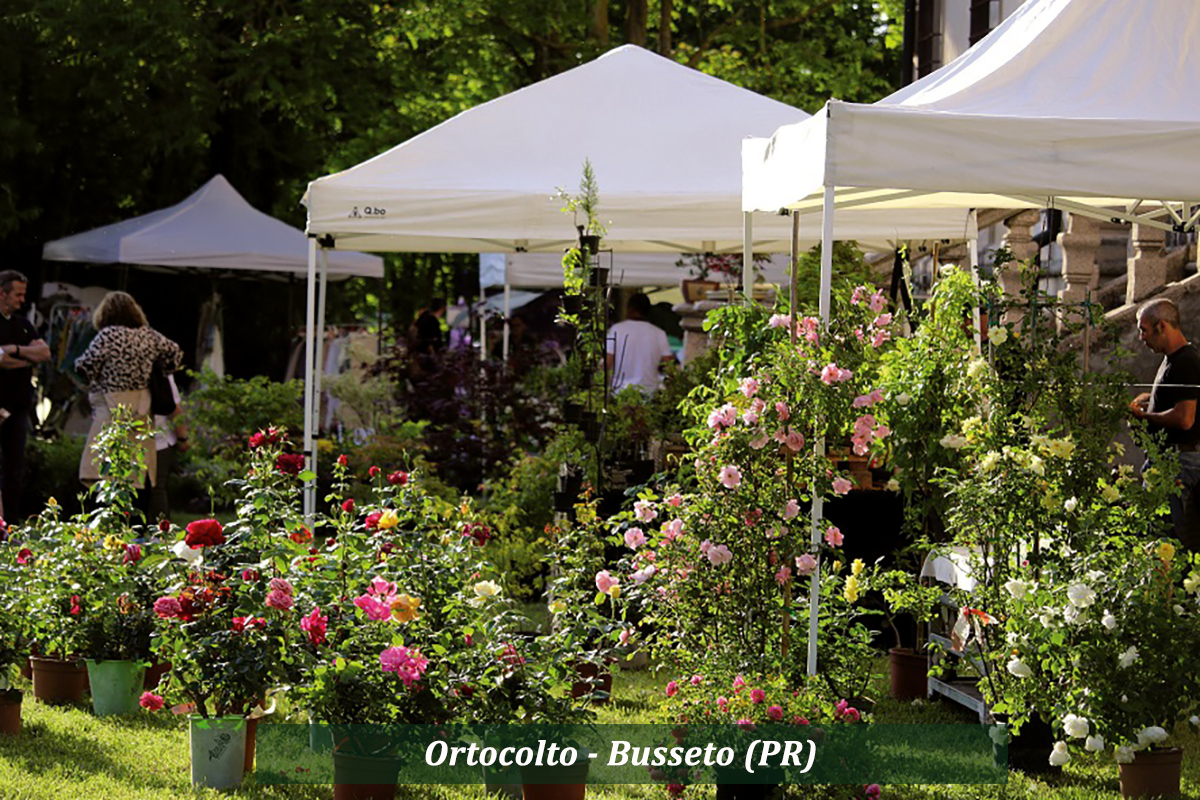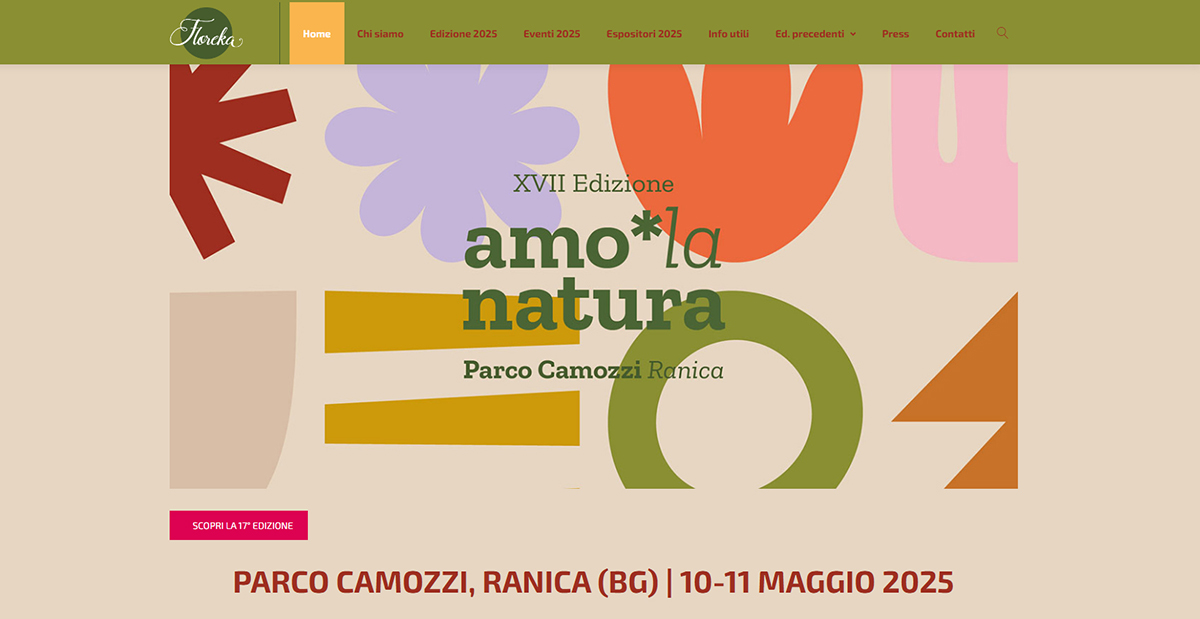Weigelia florida is a deciduous shrub of the Caprifoliaceae family, native to northern China, Korea and Manchuria. It reaches a height and width of 3-4 meters, with arching branches and a bushy habit. The leaves are ovate-lanceolate, pointed at the apex, with serrated edges and pronounced veins. It flowers both on old growth (from the previous year) and on new growth that develops from old branches so that it can sporadically reflower even all summer.
IDENTIFICATION
Scientific name:
Weigelia florida, Diervilla florida.
Italian common name:
Weigelia
Family:
Caprifoliaceae
Origin:
Distributed in northern China, Korea and Manchuria.
Evergreen or deciduous:
deciduous
Toxicity:
it is not toxic but its parts cannot be eaten
PLANT RECOGNITION
Height:
3 – 4 mt.
Width (extension):
3 – 4 mt.
Habit:
spreading shrub with arched branches and slightly hanging bushy habit
Leaf:
light green on upper page. They are ovate – lanceolate, acuminate at the apex and serrated at the edges with opposite trend, with serrations at the edges and a pointed end. They have rather pronounced ribs.
Flower:
pink on the outside, lighter or white on the inside and are gathered in bundles. Tubular, 2-4 cm long opening into five flattened terminal lobes.
Flowering:
May – July and sometimes second flowering in September
Fruit:
composed of two valves
Stem:
light brown
Perfume:
light
NEEDS
Light Exposure:
sun / partial shade
Soil type:
all but preferably alkaline, fertile, well drained, possibly clayey and containing mineral salts that provide the necessary nourishment to the plant. It is a plant that tolerates pollutants well.
Soil acidity:
Ph 8,2 – 8,8
Italian climatic area:
it survives between -15 and 37 °C in the Pre-Alps (zone 7), North and Apennines (8), Center (zone 9). Present in Lombardy, Veneto and Trentino Alto Adige.
Need for water:
moderate. Suffers from drought.
Pruning:
It flowers both on old growth (from the previous year) and on new growth that develops from old branches so that it may occasionally re-bloom throughout the summer. The new stems growing from the base will not blossom until next year. therefore, at the end of flowering, shorten the newly flowering branches a couple of throws below and leave the rest alone. The old branches and the shape to the plant will be given if necessary in October.
Diseases:
Fungi can cause serious problems for plants if they are not dealt with in time. Furthermore, aphids can infest the vegetative apexes of the plant, weakening it and making it sticky.
Cultivation:
fertilization in spring, close to flowering with mature manure at the foot of the plant.
PARTICULARITY
the Alexandra variety has purple leaves and measures 1.5m x 1.5m.
Annotations
genus dedicated to the German botanist Christian Ehrenfried von Weigel (1748-1831), author of a Flora of Pomerania and florida from floris – rich in flowers
among the particularly interesting varieties for cultivation in pots we note the “Monet” with variegated leaves (80 cm-1 m.), the “Alexandra” (1 m., 1.2 m.), the “nana variegata” ( 90 cm) or the “nana purpurea” (80 cm) and “Minor black” with almost black leaves (60 – 80 cm)
In the kitchen:
no use.
The mondo del giardino advice
Do not follow the instructions of those who advise you to prune Weigelia florida close to the ground: they do it to contain its size. But if you have planted the right size plant in the right location there is no reason to contain it.
Now on horseback! Work awaits us! Our new wonderful outdoor space is about to be born!
GOOD WORK and…if you have any questions, write to info@mondodelgiardino.com
Image sources: thanks to Pixabay and many thanks to Kerstin Riemer, thalyagirl95, Myriam, beauty_of_nature, Katja, Светлана, theplantcompany.co.nz, ladybirdnursery.com.au, davisla.wordpress.com, ideegreen.it; about-garden.com, dryades.units.it, springmeadownursery.com for the “Monet” variety, dendropark.it for the “Nana purpurea” variety and vendita-piante-on-line.it for the “Nana variegata” variety.
























